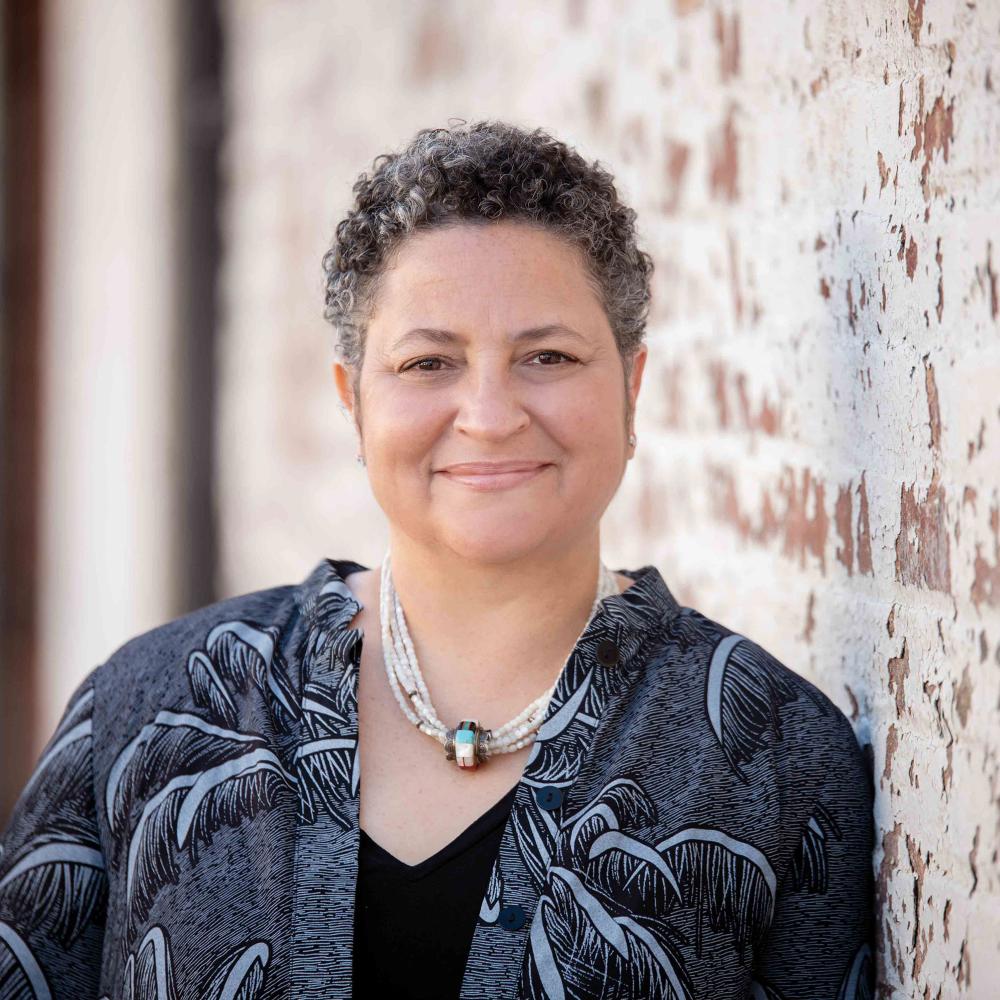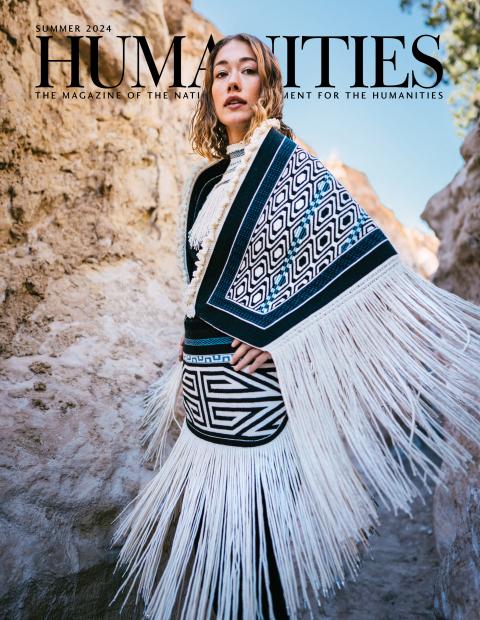Southern history has been a story mostly told in black and white. It’s been the career goal of Malinda Maynor Lowery, Cahoon Family Professor of American History at Emory University, to add more vibrant colors to that tale.
Lowery is a member of the Lumbee Tribe of North Carolina. Her 2018 book, The Lumbee Indians: An American Struggle, written with the help of an NEH Public Scholars grant, combines history with memoir to challenge the black-and-white biracial picture many have of Southern history.
Modern Lumbee history begins with the collapse of many tribal cultures caused by disease and war brought to the Americas by European colonizers. Survivors of these calamities sought refuge in the swampy lowlands between the North Carolina and South Carolina colonies. The inaccessible area also attracted escaped slaves and some European settlers fleeing the strictures of colonial life.
The cultures and languages of the tribes preceding the Lumbees have faded with time, but the refugees created a community in and around what became Robeson County, in the Sandhills region of southern North Carolina, that thrived mostly in isolation until the late 1800s. It was a community created around family groups, churches, and, more recently, community schools, but its members always maintained their identity as American Indians. They take their name from the swirling, black-water Lumber River that meanders through their homeland.
In 1956, during the termination era, when the federal government was trying to dismantle tribal sovereignty, the Lumbees received a sort of back-handed federal recognition with passage of the Lumbee Act. The law recognized Lumbees as Indians, but because their descendants never signed a treaty with the U.S. government, it barred Lumbees from receiving services from the Bureau of Indian Affairs. The Lumbees continue to seek full recognition from the federal government.
Lowery was born in Robeson County and grew up in nearby Durham, North Carolina, where her parents taught at the historically Black North Carolina Central University. In Durham, Lowery said her family maintained close ties to the Lumbee community with frequent weekend visits and by often playing host to Lumbees visiting the city.
“The things I think Lumbee history shows so much, and my family’s experience in Durham demonstrates, is that it [the South] has never been a biracial place,” Lowery said. “That was really a recent construction, a way to advance the interests of white people at the expense of everybody else. The kind of social education I got, being Lumbee in the city with my parents firmly ensconced in a real pillar of the Black community, was to begin to learn the falseness of that, of what race is, pretty early in life.”
Lowery was hired by Emory in summer 2021, the first hire as part of a university initiative to increase Indigenous engagement with the university built on land ceded in the 1821 Treaty of Indian Springs by ancestors of the current Muscogee (Creek) Nation in Oklahoma. In 2023, she was appointed faculty director of Emory’s newly established Center for Native American and Indigenous Studies. The center was started with a $2.4 million grant from the Mellon Foundation that was shared with the College of the Muscogee Nation, a two-year college in Okmulgee, Oklahoma, operated by Muscogee Nation.
Lowery said she hopes Emory’s partnership with the tribal college becomes a model for academic Indigenous studies programs listening to Indigenous communities. Muscogee Nation is using its half of the Mellon grant to create a master-apprentice program to produce fluent Mvskokee-language speakers. Emory is using its grant money to create a Native American studies program informed by the needs of Native communities.
“We’re apprentices to them,” Lowery said of the tribal college partnership. “What we’re doing at Emory signals that Native studies have always been grounded in Native community in different ways, but I think institutions of higher learning in the United States have been very slow to support that.”
Lowery said Emory’s initiative goes beyond creating the center and offering a minor, and eventually a major, in Native American studies. It seeks to inform all aspects of Emory’s curriculum, campus life, and student and faculty experience.
“Education has been, as it’s been sold to us, a source of trauma or alienation,” Lowery said, referring to the history of Indian boarding schools. “It shouldn’t be that way. It shouldn’t be that way for anybody. For institutions like Emory to be listening, that means we’re going to do things a little differently. We’re going to think about education as a mechanism for healing.”
The work of building the new center hasn’t kept Lowery from pursuing her own projects. Lowery, who has a master’s degree in documentary filmmaking from Stanford University, just returned from the Red Dirt Film Festival in Stillwater, Oklahoma, where she screened her first narrative fiction feature-length film, Lumbeeland. The film, produced by an all-Native creative team, is based on the impact of the war on drugs on Robeson County in the late 1980s.
She is also working on a multimedia project, funded by Dillard University in New Orleans, trying to clarify the connection between Black and Indigenous foodways.
Indigenous slavery was an element of early colonial life, Lowery said. “Maybe you have Indigenous and African people enslaved at the same place, on the same farm or the same plantation, and we have what we think of now as southern foodways, things like cornbread.”
Lowery also recently signed a book contract with the University of North Carolina Press to coauthor a survey of Native Southern history with Pennsylvania State University history professor Christina Snyder. The book will cover a period from the Mississippian era before European contact to the present day.
She said the book seeks to fill gaps in current histories of the South. It will look at the South, “not as the home of the former Confederacy so much, but as the home of many tribal nations, and what are those tribal nations’ stories, and how do they explain so many things about the region.”


